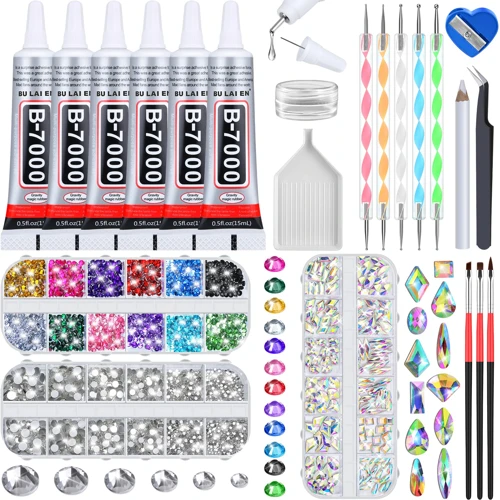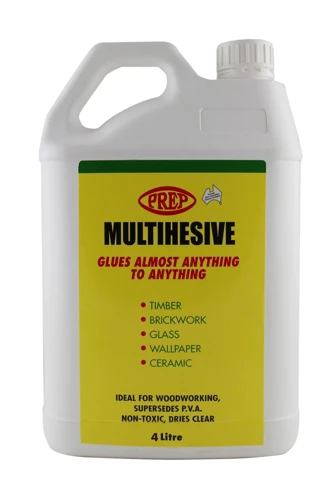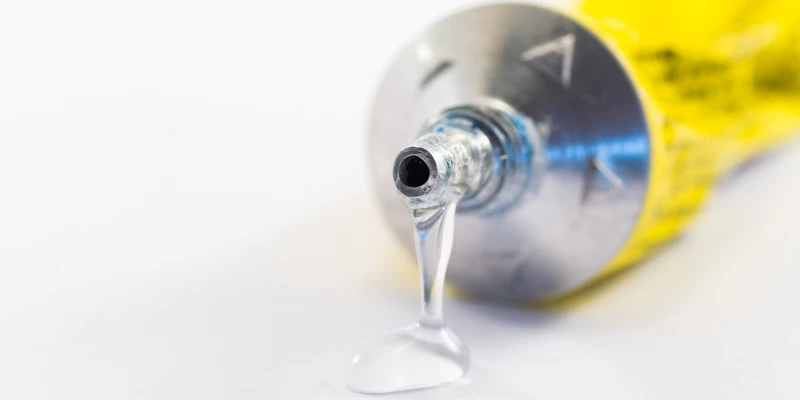Accidental spills of super glue on wooden surfaces can be a real headache. Wood, with its porous nature, can quickly absorb adhesives, making the task of removing them a delicate process. Whether it’s a cherished piece of furniture or a valuable hardwood floor, knowing how to remove super glue from wood is a skill that can save the day and your woodwork. This guide will walk you through the ins and outs of tackling this sticky situation without causing damage to your wooden treasures.
Steps for Super Glue Removal from Wood
Assessing the Glue Stain
Before diving into removal methods, it’s critical to assess the glue stain. Determine the extent of the spill and how long the glue has been set. Fresh spills are generally easier to address, while hardened glue will require more patience and care. By understanding the scope of the situation, you can select the most effective strategy to tackle the adhesive.
Household Items to Remove Super Glue
Fortunately, you may not need to look further than your own home for solutions to this sticky predicament. Common household items such as acetone, rubbing alcohol, or even a warm soapy solution can aid in the super glue removal from wood. Each item has its own application method and precautions, which will be detailed to ensure safe and effective glue removal.
Wood-Friendly Glue Removal Methods
When it comes to wood surfaces, using wood-friendly glue removal methods is essential to prevent further damage. Techniques such as gentle scraping with a plastic putty knife or using a hairdryer to soften the glue are among the methods that can be employed. It’s all about finding the right balance between efficacy and gentleness to maintain the integrity of the wood.
Clean Crazy Glue Wood Surface Techniques
Once the bulk of the glue has been removed, perfecting the clean crazy glue wood surface is the next step. This might involve sanding the area lightly with fine-grit sandpaper or applying wood polish to restore shine. The goal is to return the wood to its original state, free of any glue residue and looking as good as new.
Tips for Removing Crazy Glue Without Damaging Wood
Dissolve Crazy Glue on Wood Safely
To dissolve crazy glue on wood without causing harm, it’s important to use solvents judiciously. Acetone, for example, can be effective but may also strip finishes if not applied carefully. Using a cotton swab to apply the solvent directly onto the glue can minimize risk, allowing for a controlled and concentrated treatment.
Getting Crazy Glue Off Wood with Minimal Effort
Efficiency is key in getting crazy glue off wood. By opting for methods that require minimal effort, such as applying vegetable oil to soften the adhesive or using a commercial glue remover designed for wood, you can save time and energy while still achieving excellent results.
Repairing Wood After Crazy Glue Removal
Crazy Glue Wood Damage Repair
Even with the utmost care, some wood surfaces may incur damage during the glue removal process. Crazy glue wood damage repair may involve filling in gouges with wood filler, restaining the area, or reapplying varnish. Each repair step should be done with precision to ensure a seamless restoration of the wood’s appearance and functionality.
Super Glue Stain Removal and Wood Restoration
Post super glue stain removal, wood restoration is all about the finishing touches. It may require re-polishing the surface, waxing, or applying a fresh coat of paint, depending on the nature of the wood and the extent of the initial damage. The aim is to not only fix any imperfections but also to protect the wood from future incidents.
Conclusion and Additional Advice
In conclusion, while super glue can create a strong bond with wood, it’s not an unbreakable one. With the right techniques and a careful approach, you can tackle the challenge of removing super glue from wood effectively. Remember, patience and attention to detail are your best tools in preserving the beauty of your wood surfaces.
Preventive Measures for Future Spills
To prevent future sticky situations, consider applying a protective layer to your wood surfaces or keeping a glue remover at hand. Being proactive and prepared can make all the difference in preserving your woodwork for years to come.
When dealing with the aftermath of a messy DIY project, you might find yourself in a sticky situation. Whether it’s Crazy Glue on your wooden surfaces or other adhesive mishaps, we’ve got you covered. For tips on how to tackle Crazy Glue on wood, stay right here. And if you’re also dealing with adhesive on different materials, check out our guides on how to get sticky glue off wood, how to get Gorilla Glue off fabric, and how to get hot glue off carpet. Each article is tailored to help you remove stubborn glue without damaging your belongings.
Final Tips for Maintaining Wood Surfaces
Last but not least, regular maintenance is key to keeping your wood in top condition. Dusting, cleaning with appropriate wood cleaners, and avoiding harsh chemicals are simple yet effective practices. By taking care of your wood, you’ll ensure its resilience against accidents, including those involving super glue spills.


